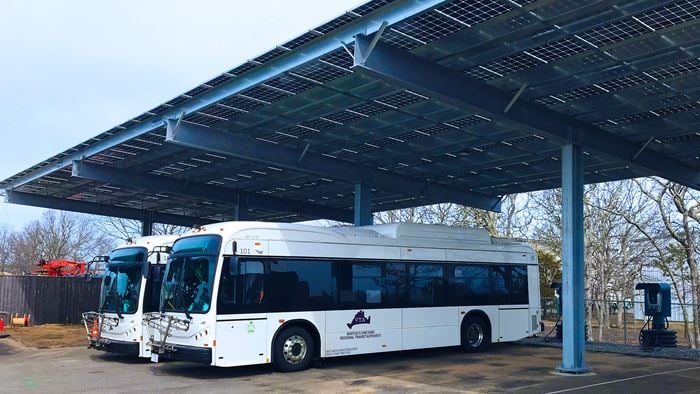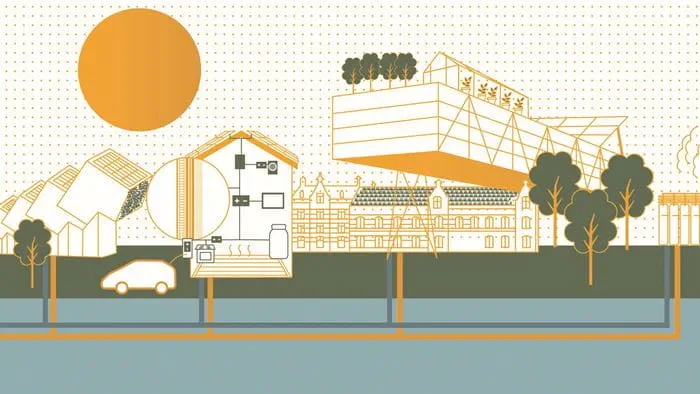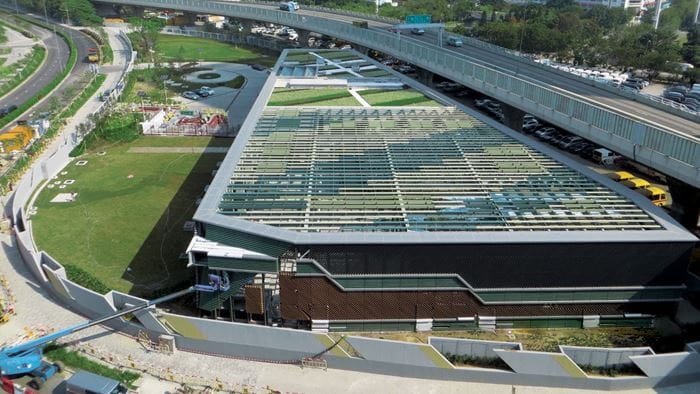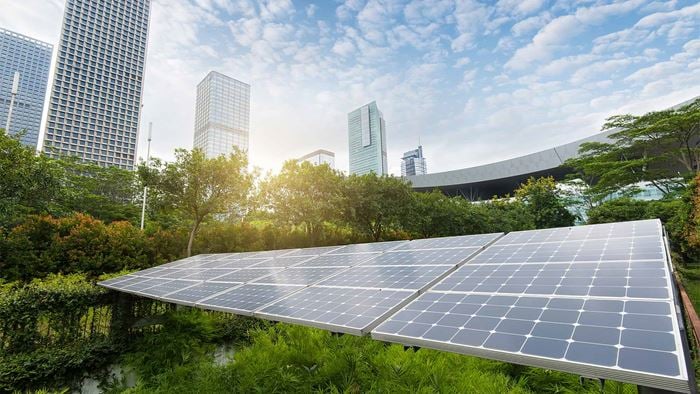Gas exploration in Australia is on the rise. With liquefied natural gas (LNG) widely recognised as a more sustainable source of power generation than coal or fuel oil, nations in the Asia Pacific region are looking to Australia.
In partnership with John Holland Group, we designed and provided construction support for a jetty for each of the three LNG plants on Curtis Island, near Gladstone in Queensland. We drew on our specialist knowledge of marine climate, bathymetry, geology, as well as vessel berthing and mooring arrangements, to provide best-practice design solutions.
A ‘one team’ approach with John Holland Group was integral to the success of this project. Design complexity, logistical challenges and the need for design to be driven by constructability requirements required such close collaboration. Through combined smart thinking, we were able to reduce overall construction cost amongst a number of other operational benefits.
Our work on Curtis Island included Gladstone LNG (LNG Loading Jetty and Material Offloading Facility); Queensland Curtis LNG (LNG Loading Jetty); and, Asia Pacific LNG (LNG Loading Jetty and Material Offloading Facility). All are accessible only by water.
We designed the various infrastructure required, which included loading platforms, mooring and berthing dolphins and interconnecting walkways amongst others (a dolphin is a man-made marine structure that extends above the water and is not connected to shore).
Numerous improvements were made from the original reference design, from less onerous impacts on the marine construction plant than expected, to reduced construction costs due to detailed planning. The creation of a BIM model for the dolphins brought further gain, with reduced time and cost onsite.
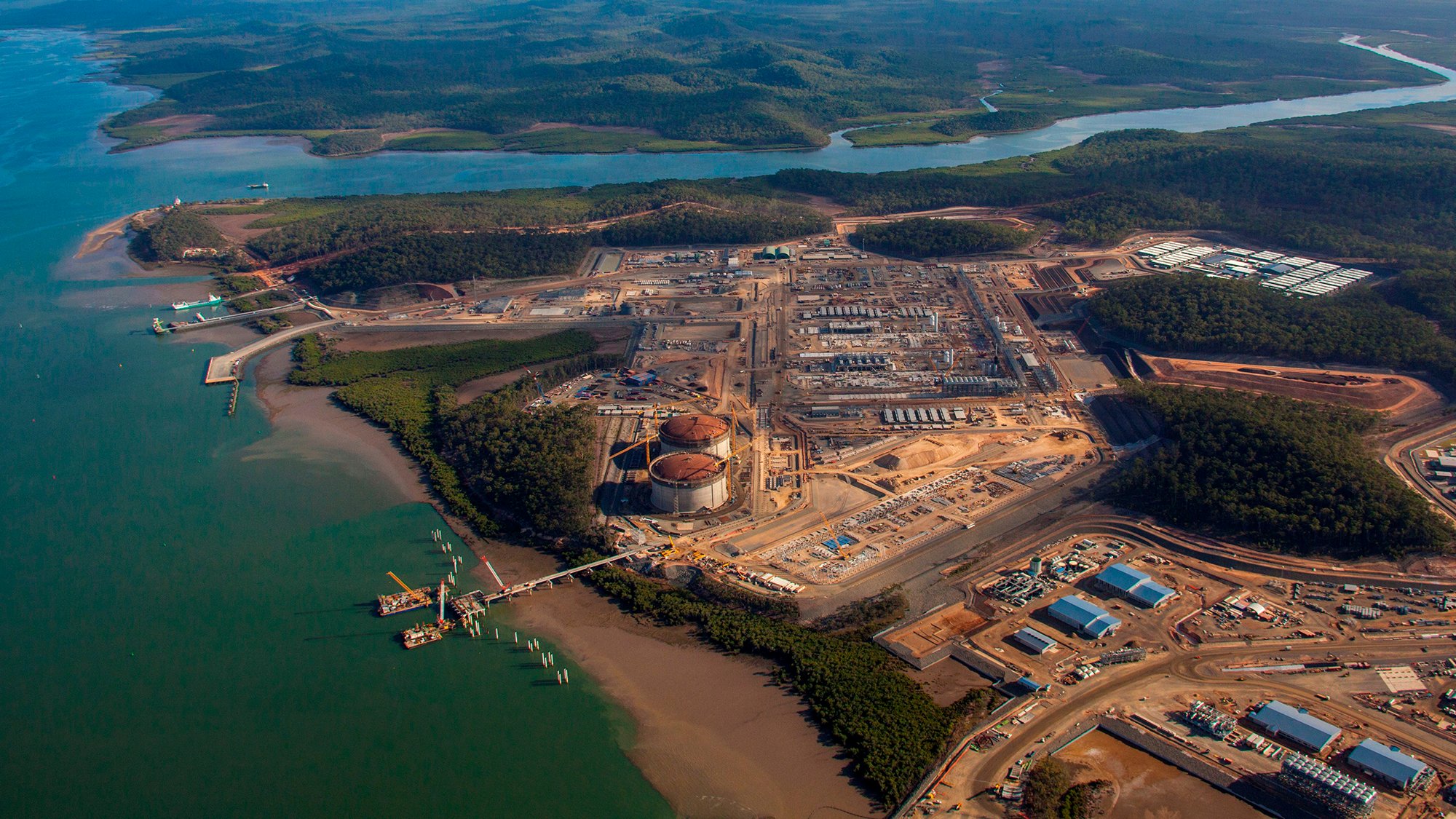 ;
;




